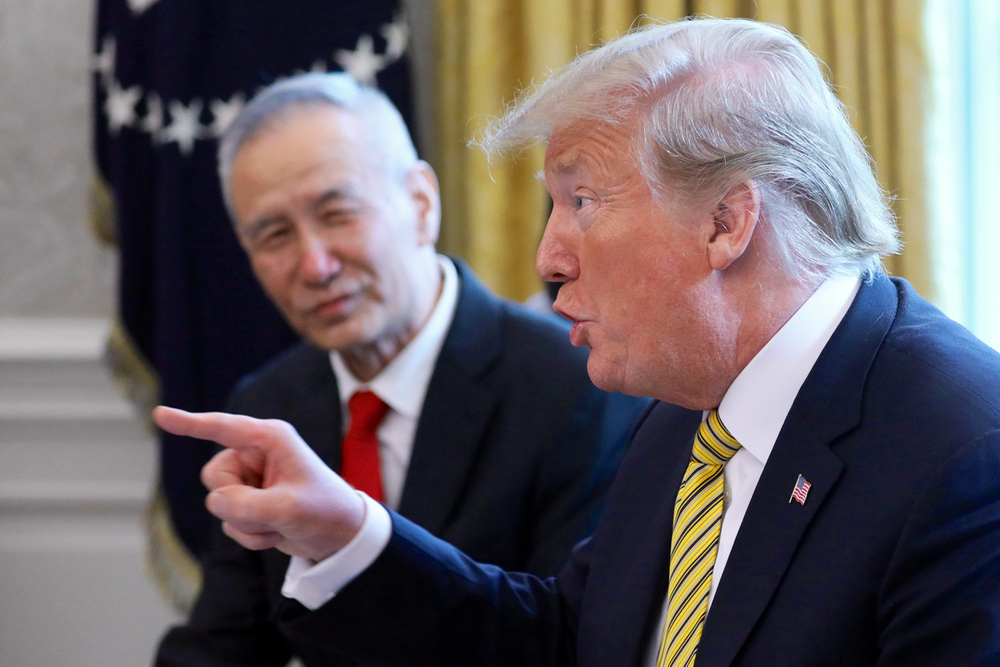After a glimmer of happier days when canola bounced upward on May 7, the grim reality was destined to set back in. After a bit of a dip on May 10, starting May 13 canola bids were being dragged down by sinking soybean futures, as the U.S./China trade war heated up after an eight-month truce.
Trade talks between the U.S. and China went off the rails late last week after U.S. President Donald Trump accused China of backtracking on several provisions to which both countries had agreed. As China denied the claim, the country’s lead negotiator, Vice-Premier Liu He, made the trip to Washington for talks.
Read Also

Stronger canola prices welcome surprise
Mid-November canola market holding above resistance based on durable demand, resulting in pleasantly higher canola prices for Canadian farmers
China offered to “meet halfway” in hopes of saving the talks or at least delaying the U.S. tariff hikes. However, in not wanting to lose face, China also warned it would consider hiking its tariffs on imports from the U.S.
After trade talks went nowhere on the first day, on Friday Trump followed through on his threat to hike tariffs on US$200 billion of Chinese imports to 25 per cent, up from 10. That put a damper on the second day of negotiations, which lasted only 90 minutes before Liu returned home.
China struck back May 13, shaking up the stock and commodities markets. The country announced it was hiking tariffs on US$60 billion of U.S. imports by five per cent to 25 come June 1.
Escalating the U.S./China trade war hasn’t benefited anyone and the International Monetary Fund stated the war’s resumption would levy more misery upon a troubled global economy.
Already caught up in the collateral damage, canola took a hefty hit. Soybeans on the Chicago Board of Trade fell to 10-year lows on May 13, which pulled down ICE Futures canola bids.
As a few traders interviewed by MarketsFarm previously stated, a no-deal outcome would see soybeans drop by up to 50 cents a bushel. Whether bids sink by that much or not, they were well on their way, sliding well below the US$8-per-bushel mark to start this week.
Despite the price decline in canola, it remained more expensive than soybeans and weakening demand will eventually hurt selling off the old-crop stocks.
And let’s not forget about Canada’s own dispute with China over the latter’s ban on canola imports. If farmers are to see lasting happy days, a resolution between Canada and China is much needed.
Until then, and along with soybeans, canola appears to be in for a rough ride for at least the next little while.
















